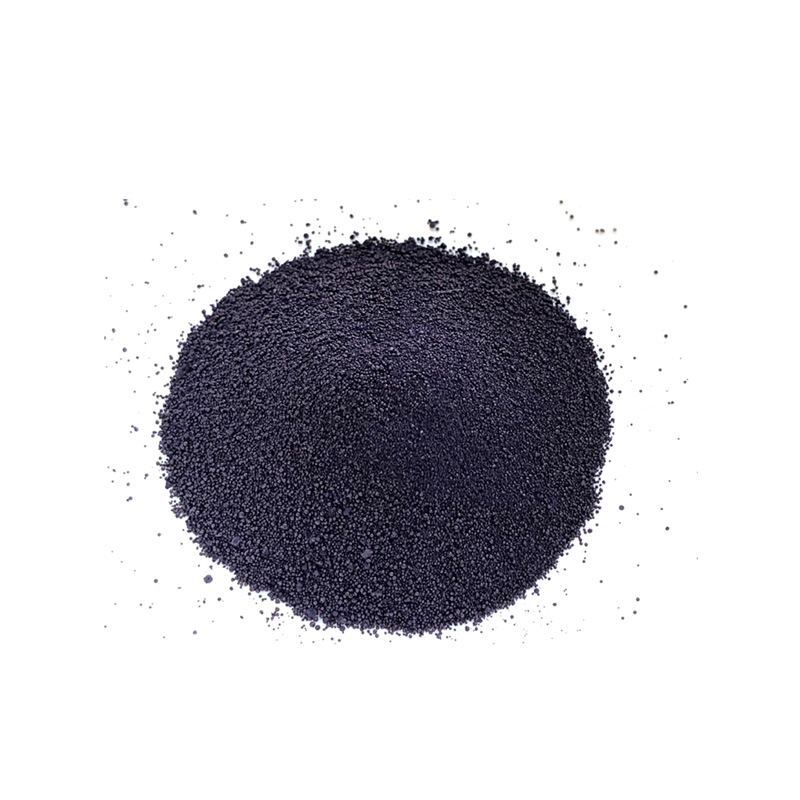Exploring the Art and Craft of Indigo Dyeing Services for Unique Textile Creations
Indigo Dyed Service A Journey into Heritage and Craftsmanship
Indigo dyeing is an ancient craft that has transcended time and borders, captivating artisans and admirers alike with its deep blue hues and rich cultural significance. The indigo dyed service encapsulates not just the dyeing process, but also the commitment to sustainability, creativity, and community that comes with it. In this article, we will explore the intricacies of indigo dyeing, its applications, and the revitalization of this traditional art form in contemporary society.
At the heart of indigo dyeing lies the indigo plant, from which the coveted blue dye is extracted. This natural dyeing process is steeped in history, dating back thousands of years to ancient civilizations in Asia, Africa, and the Americas. The key to achieving the vibrant shades of blue lies in the fermentation process of the indigo leaves, which is both an art and a science. The leaves are harvested, fermented, and then processed into a paste or liquid form, ready for use. The unique quality of indigo dye is that it can produce a spectrum of blues, from the lightest sky blue to the deepest navy, depending on the number of dips a fabric undergoes.
The indigo dyed service promotes sustainable practices by using natural dyes instead of synthetic ones, which often contain harmful chemicals that can damage the environment. By supporting indigo dyeing, we are not only keeping this age-old tradition alive but also embracing eco-friendly alternatives. Many artisans today are dedicated to practicing organic dyeing methods, which enhance the longevity of garments and reduce waste. This environmental conscientiousness has made indigo dyeing a favorite among eco-conscious consumers and fashion designers alike.
indigo dyed service

In recent years, the indigo dyed service has experienced a resurgence in popularity, thanks in part to innovative makers and designers who are integrating this traditional technique into contemporary fashion and decor. From hand-dyed textiles to bespoke clothing lines, indigo has found its way into modern aesthetics, captivating a new generation of consumers. This revival of interest allows for the exploration of new patterns and styles while honoring the craftsmanship of the past. Traditional techniques such as Shibori, a Japanese tie-dye method, and Batik, an Indonesian wax-resist dyeing technique, have also gained traction within the indigo dyed service, allowing artisans to blend cultural heritage with modern creativity.
Community engagement lies at the heart of the indigo dyed service. Workshops and educational programs are sprouting up globally, inviting people of all skill levels to learn the art of indigo dyeing. These workshops foster connections between artisans and participants, promoting cultural exchange and a deeper understanding of the craft. Moreover, many initiatives focus on empowering local artisans, particularly women, by providing them with skills, resources, and a platform to showcase their work. This not only preserves traditional techniques but also supports economic sustainability in communities around the world.
In conclusion, the indigo dyed service represents more than a method of coloring fabric; it is a celebration of heritage, sustainability, and artistry. As we embrace this vibrant craft, we honor the past while paving the way for a more sustainable future. Whether through wearing indigo-dyed clothing, participating in workshops, or supporting local artisans, everyone can play a part in continuing the legacy of indigo dyeing. With each dip in the indigo vat, we not only create beautiful textiles but also weave together stories of tradition, community, and respect for the environment. Join the journey, and immerse yourself in the timeless beauty of indigo dyeing.
-
The Timeless Art of Denim Indigo Dye
NewsJul.01,2025
-
The Rise of Sulfur Dyed Denim
NewsJul.01,2025
-
The Rich Revival of the Best Indigo Dye
NewsJul.01,2025
-
The Enduring Strength of Sulphur Black
NewsJul.01,2025
-
The Ancient Art of Chinese Indigo Dye
NewsJul.01,2025
-
Industry Power of Indigo
NewsJul.01,2025
-
Black Sulfur is Leading the Next Wave
NewsJul.01,2025

Sulphur Black
1.Name: sulphur black; Sulfur Black; Sulphur Black 1;
2.Structure formula:
3.Molecule formula: C6H4N2O5
4.CAS No.: 1326-82-5
5.HS code: 32041911
6.Product specification:Appearance:black phosphorus flakes; black liquid

Bromo Indigo; Vat Bromo-Indigo; C.I.Vat Blue 5
1.Name: Bromo indigo; Vat bromo-indigo; C.I.Vat blue 5;
2.Structure formula:
3.Molecule formula: C16H6Br4N2O2
4.CAS No.: 2475-31-2
5.HS code: 3204151000 6.Major usage and instruction: Be mainly used to dye cotton fabrics.

Indigo Blue Vat Blue
1.Name: indigo blue,vat blue 1,
2.Structure formula:
3.Molecule formula: C16H10N2O2
4.. CAS No.: 482-89-3
5.Molecule weight: 262.62
6.HS code: 3204151000
7.Major usage and instruction: Be mainly used to dye cotton fabrics.

